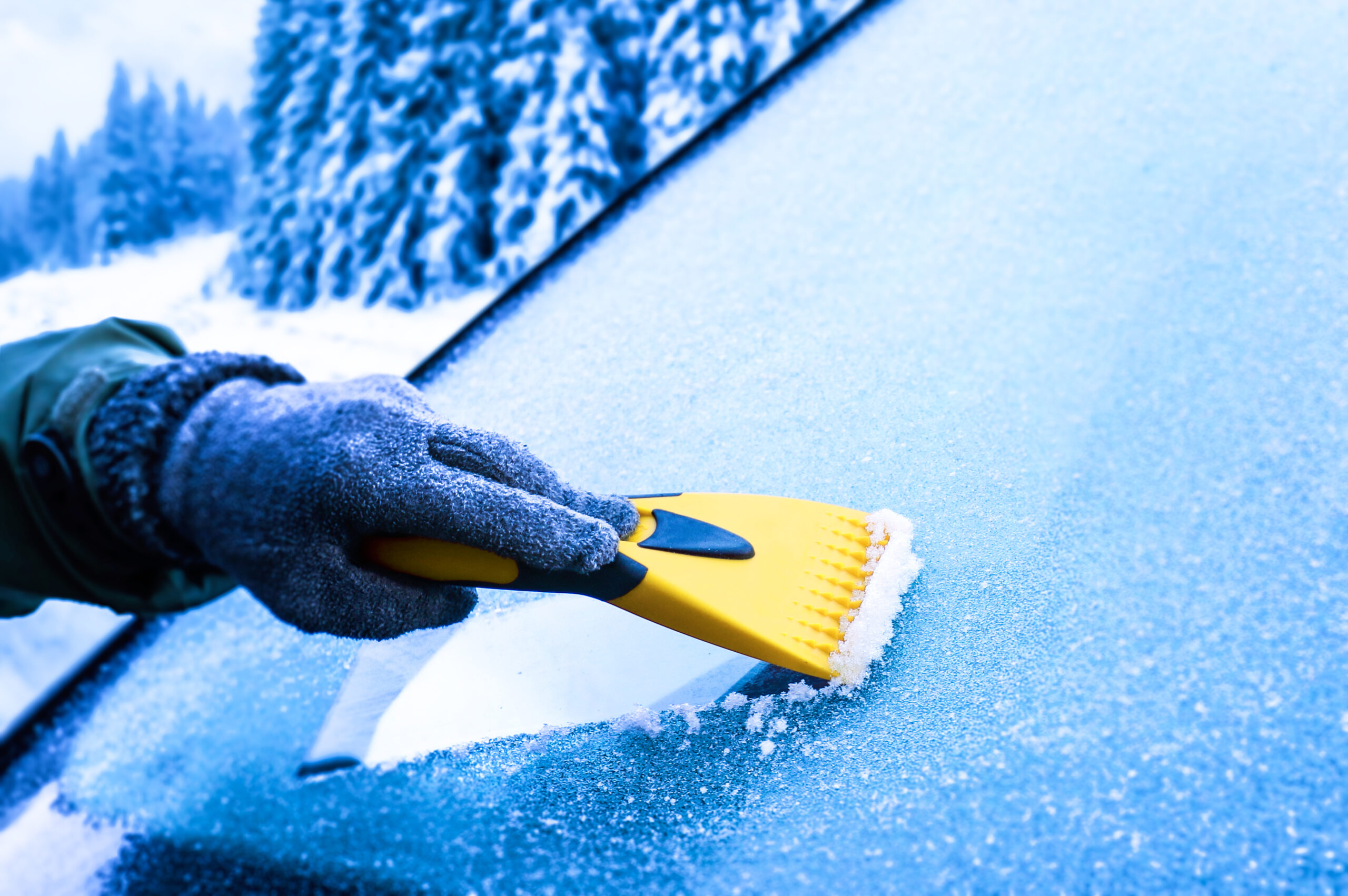

10 Things To Check On Your Vehicle Before Going On A Long Journey.
Planning a long road trip? Whether you’re headed on a cross-country adventure or just a few hours away, ensuring your vehicle is in top shape is essential for a smooth and safe journey. Here’s a checklist of things to inspect before hitting the road:
1. Tyres: Condition, Pressure, and Tread Depth
Your tyres are the only part of your vehicle that touches the road, so their condition is critical. Here’s what to check:
- Tyre Pressure: Use a tire gauge to ensure your tyres are inflated to the manufacturer’s recommended pressure, usually found in the owner’s manual or on a sticker inside the driver’s door.
- Tread Depth: Insert a penny into the tread with Lincoln’s head facing down. If you can see the top of his head, it’s time to replace your tires.
- Condition: Look for any cracks, bulges, or signs of wear. Don’t forget to check your spare tyre as well!
2. Fluid Levels: Oil, Coolant, Brake Fluid, and More
Fluids keep your vehicle running smoothly. Before you leave, check the following:
- Engine Oil: Ensure the oil level is between the “min” and “max” marks on the dipstick. If your oil is dirty or nearing its change interval, consider getting it changed.
- Coolant: Check the coolant level in the reservoir to prevent your engine from overheating.
- Brake Fluid: A low level may indicate worn brake pads or a leak. Top it up if necessary and consider having your brakes inspected.
- Transmission Fluid: If your vehicle has an automatic transmission, check the fluid level and quality.
- Screen Washer Fluid: Keep this topped up for clear visibility, especially on long drives where you might encounter bugs or dirt.
3. Brakes: Functionality and Wear
Good brakes are crucial for safety. Test them before your journey:
- Brake Pads: Listen for any squealing or grinding sounds, which could indicate worn brake pads.
- Brake Rotors: Feel for any vibrations or pulsations when braking, which might suggest worn or warped rotors.
- Brake Response: Ensure the brakes respond quickly and firmly when you press the pedal.
4. Battery: Charge and Connections
A dead battery can leave you stranded, so check its condition:
- Charge: If your battery is more than three years old or if you’ve noticed slow starts, have it tested at a service center.
- Connections: Ensure the battery terminals are clean, tight, and free of corrosion.
5. Lights: Headlights, Brake Lights, Indicator, and More
Your vehicle’s lights are crucial for visibility and communication with other drivers. Here’s what to check:
- Headlights: Test both high and low beams. Replace any dim or burnt-out bulbs.
- Brake Lights: Have someone help you check that all brake lights illuminate when you press the brake pedal.
- Turn Signals: Ensure all indicators work properly.
- Emergency Flashers: Test these as well in case you need to use them during your trip.
6. Wipers and Windscreen: Clear Vision in All Conditions
Your wipers are essential for maintaining visibility in rain or other weather conditions:
- Wiper Blades: Inspect for any cracks or wear. If they leave streaks on the windshield, it’s time to replace them.
- Windscreen: Look for any cracks or chips. Even small ones can grow into large cracks, especially with temperature changes during a long trip.
7. Belts and Hoses: Look for Wear and Tear
Belts and hoses are vital to your engine’s performance. Inspect them for:
- Cracks: Check the serpentine belt and any other visible belts for cracks or signs of fraying.
- Leaks: Look for any leaks around hoses and check for soft spots or bulges, which could indicate a weak spot.
8. Emergency Kit: Be Prepared for the Unexpected
Even with all these checks, it’s wise to be prepared for emergencies:
- Spare Tyre Kit: Ensure you have a jack, lug wrench, and spare tyre in good condition.
- Jumper Cables: Carry a set of jumper cables in case of a dead battery.
- First Aid Kit: A well-stocked first aid kit is essential for any road trip.
- Basic Tools: Include a multi-tool, flashlight, and duct tape for minor repairs.
9. Check Your Documentation
Before leaving, make sure all necessary documents are in order:
- Registration and Insurance: Ensure they are current and stored in an accessible place.
- Owner’s Manual: This can be a lifesaver if you encounter any issues on the road.
10. Test Drive: Ensure Everything Is in Working Order
Finally, take your vehicle for a short test drive to check that everything is functioning correctly:
- Listen for Unusual Sounds: Pay attention to any unfamiliar noises.
- Feel the Steering and Brakes: Make sure the steering is responsive and the brakes are effective.
Final Thoughts
Taking the time to check these aspects of your vehicle can prevent breakdowns, save you money, and ensure a stress-free journey. Happy travels!





